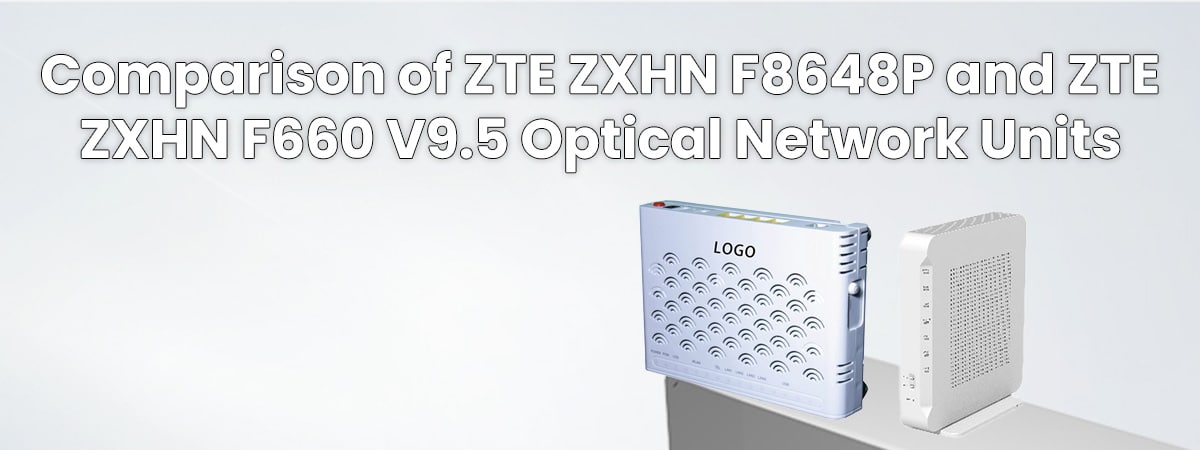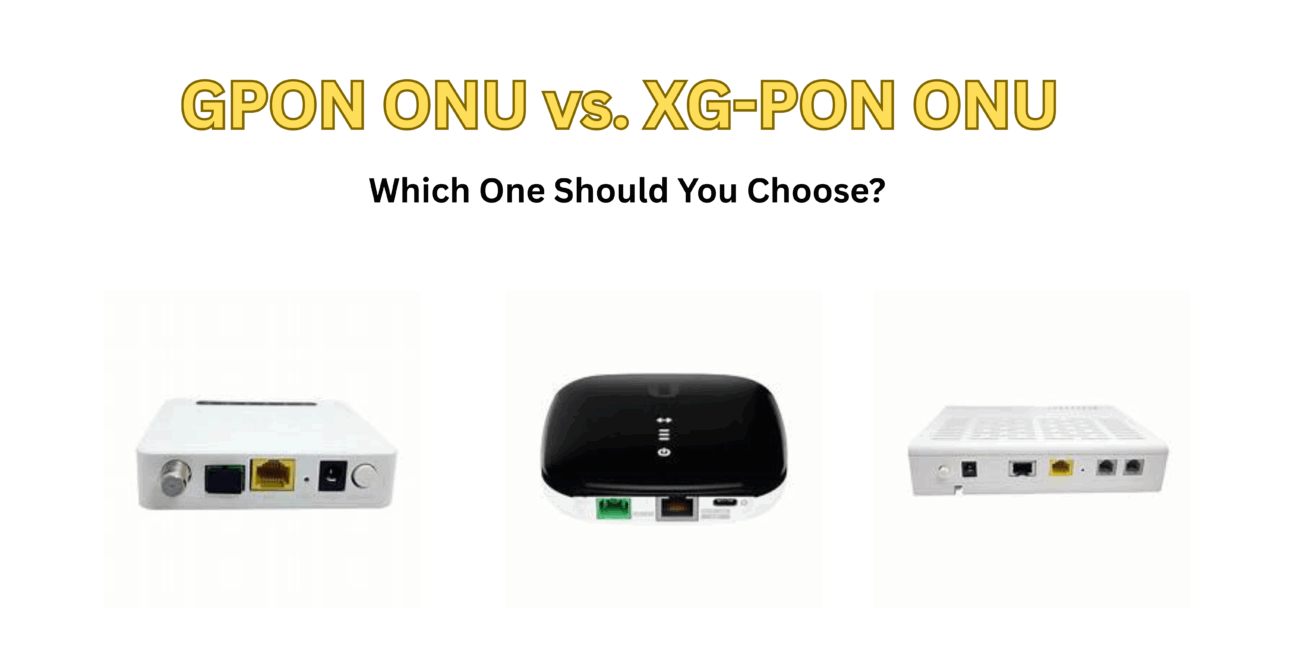Introduction:
As the demand for high-speed internet continues to grow, telecommunication companies are continuously developing and upgrading their optical network units (ONUs) to meet user expectations. Two such offerings from ZTE, the ZXHN F8648P, and ZXHN F660 V9.5, stand out as advanced solutions in the realm of optical connectivity. In this comparison article, we will explore the key features and differences between the ZTE ZXHN F8648P and the ZTE ZXHN F660 V9.5 ONUs to help users make an informed choice based on their specific requirements.
- Performance and Speed: The ZXHN F8648P boasts impressive performance capabilities, utilizing the latest Gigabit Passive Optical Network (GPON) technology to deliver ultra-fast internet speeds. With symmetrical download and upload speeds of up to 10 Gbps, this ONU is ideal for power users and businesses with demanding connectivity needs. On the other hand, the ZXHN F660 V9.5 offers symmetrical download and upload speeds of up to 2.5 Gbps, making it suitable for standard residential and small business usage. If you require a high-performance connection for data-intensive tasks, the ZXHN F8648P is the clear winner in terms of speed.
- Connectivity Options: The ZXHN F8648P and ZXHN F660 V9.5 differ in their connectivity options. The ZXHN F8648P features multiple Gigabit Ethernet ports, providing robust connectivity for various devices, such as computers, smart TVs, gaming consoles, and IoT devices. Additionally, it supports 10 Gigabit Ethernet (10GE) interfaces, catering to more demanding networking requirements. In contrast, the ZXHN F660 V9.5 also offers Gigabit Ethernet ports but lacks the 10GE interfaces, making it more suitable for simpler home network setups.
- Network Management and Diagnostics: Both ONUs support remote management and diagnostics, enabling efficient monitoring, configuration, and troubleshooting by network administrators. However, the ZXHN F8648P may offer more advanced remote management features due to its higher-end specifications. Organizations with complex network structures or service providers managing extensive networks might benefit more from the ZXHN F8648P’s remote management capabilities.
- Security Features: Ensuring network security is crucial in today’s digital landscape. Both the ZXHN F8648P and ZXHN F660 V9.5 prioritize security with advanced encryption algorithms and firewall capabilities. However, the ZXHN F8648P might offer additional security features due to its more advanced nature, making it a preferred choice for businesses and institutions that handle sensitive data.
- Energy Efficiency: While both ONUs are designed with energy efficiency in mind, the ZXHN F660 V9.5, being targeted at residential users, may prioritize lower power consumption to meet the requirements of individual households. The ZXHN F8648P, with its focus on higher performance and advanced features, might consume slightly more power, making it suitable for larger-scale deployments and businesses where performance takes precedence.

Conclusion:
The ZTE ZXHN F8648P and ZXHN F660 V9.5 are both excellent optical network units that cater to different usage scenarios. The ZXHN F8648P stands out with its exceptional performance, higher speeds, and advanced connectivity options, making it an excellent choice for businesses and advanced users. On the other hand, the ZXHN F660 V9.5 offers a more budget-friendly option for residential users and small businesses, without compromising on essential features. Ultimately, the choice between the two ONUs depends on the specific requirements of the user or organization, with both models delivering reliable and efficient internet connectivity.






